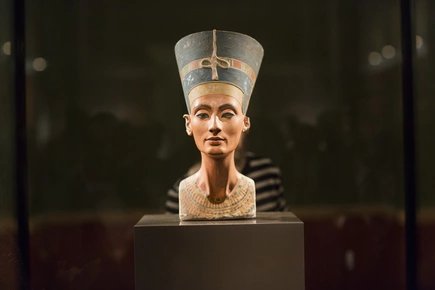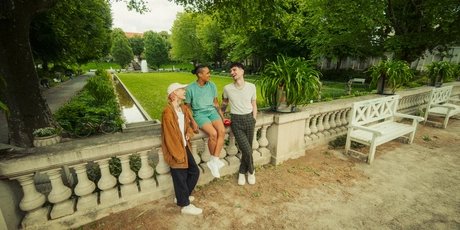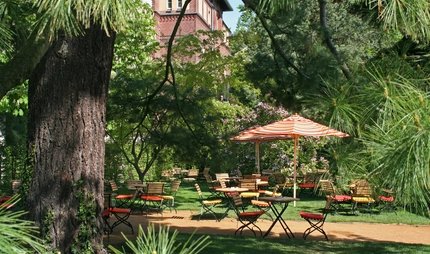
Körnerpark
Mediterranean flair in Berlin
Körnerpark is one of the most beautiful green spaces in Berlin.
In 1916, entrepreneur Franz Körner made the city of Berlin an offer it could not refuse. His gravel pit was located in the neighbourhood between Jonas-, Schierker-, Wittmannsdorfer- and Selkestraße. Körner wanted to donate it to the city - on the condition that a park bearing his name was created. The design idea of the Neukölln horticultural director Hans Richard Küllenberg merged architecture and garden design into a monumental architectural unit - typical of the turn of the 20th century. The idyllic garden complex has experienced highs and lows over the course of its hundred years of existence: at times it was admiringly honoured in the media as the "Sanssouci of Neukölln" and "Berlin's most beautiful gravel pit" and at other times reviled as "Neukölln's sorrow". After the Second World War, the park fell more and more into a desolate state. Reconstruction only began in 1977 - one of the largest construction projects in the neighbourhood.
The park today
Today, long steps with balustrades lead down to the lawn, which is five to seven metres below street level. Water splashes down over six steps before being whirled into the air by a fountain. Small canals, trimmed hedges, a colourful flower garden and plane trees make Körnerpark one of the most beautiful green spaces in Berlin. Since 1983, the former orangery has been home to the municipal Galerie im Körnerpark and a café. The opening exhibition presented graphic works by Markus Lüpertz, who was working on an art-in-architecture commission in the studios in the side wing at the time. For over 30 years, the Galerie im Körnerpark has been a central cultural venue in Neukölln, presenting nationally and internationally renowned contemporary artists. With the freely accessible concert series "Summer in the Park" and "Salon Music" in spring and autumn, the park also hosts musical performances throughout the year.



